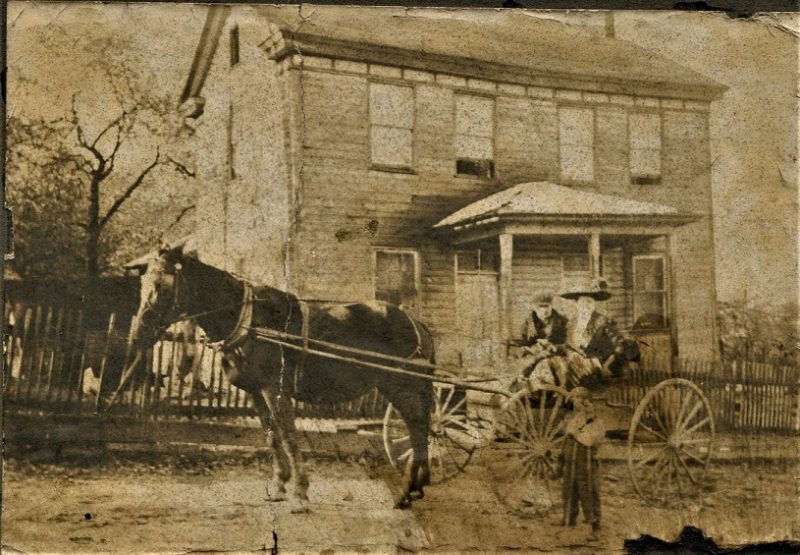Kerrmoor, in Ferguson Township, is another one of Clearfield County’s communities that was begun as a business enterprise. It was first surveyed in 1882.
Kerrmoor was named for James Kerr, a prominent Clearfield Coal operator and Democratic party-political operative, as well as Robert Moore, a scion of an old settler family in the area.
James Kerr’s home was once the edifice that is now known as the Clearfield County Historical Society’s Kerr House Museum.
The village’s growth followed the original trinity of Clearfield County’s industrial base of lumber, coal and railroads. Rich clay deposits and the establishment of small businesses to serve workers and residents rounded off that base with a brickyard, a hotel and several stores.
Kerr and Moore made sure that the Beech Creek Railroad reached their namesake town within months of its mapping. The Beech Creek, later owned by the New York Central Railroad, transported logs, coal, bricks, passengers and general freight.
Its line, generally, in the central part of the county, followed Little Clearfield Creek to connect residents and products to the rest of Clearfield County.
Much work in the low-tech era of the 19th and early 20th centuries depended upon manual labor. Communities like Kerrmoor were soon filled with working families.
A community school was established as were Presbyterian, Baptist and Methodist Churches. A Post Office and Kerrmoor Grange No. 1146 were sources of old-fashioned cohesiveness. That pattern of development was familiar for the times.
Well over a dozen businesses flourished in a time when ravel from town to town was nowhere nearly as common as modern times.
Kerrmoor boasted a barber shop, jeweler, livery stable, several stores and a photographer’s studio to name a few. There was also a millinery shop.
Hats for both men and women were often made and sold on site. They were big sellers, especially big and broad women’s hats such as the one worn in the lady at the reins in the photo.
Hats were stylish and most women would not think of travelling to a store or to church with being properly dressed and wearing a hat. Feathers and decorations made the hats all the more unique. Long hat pins kept them attached to a lady’s long and styled hair.
The family, shown in the photo, looks proud of their success and seems to enjoy a comfortable life, for their time, in Kerrmoor.
